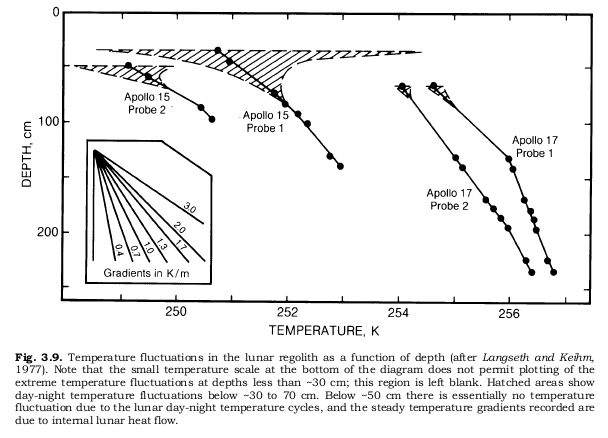|
Size: 1429
Comment:
|
Size: 1540
Comment:
|
| Deletions are marked like this. | Additions are marked like this. |
| Line 5: | Line 5: |
| Unfortunately, as more contributors get involved, more stupid and careless contributors will get involved, potentially making dreadful (and self-replicating) mistakes. Not on my favorite planet, please! | Unfortunately, as more contributors get involved, more stupid and careless contributors will get involved, potentially making dreadful (and self-replicating) mistakes. The cost of a terrestrial lab-leak could be enormous. Not on my favorite planet, please! |
| Line 7: | Line 7: |
| Artificial microbes are small, though some of the lab equipment used to study them (such as the [[ https://en.wikipedia.org/wiki/National_Synchrotron_Light_Source_II | National Synchrotron Light Source ]] ) is gigantic. In between, equipment ranges from micropipettes to electron microscopes; the "petri dish equivalents" for growth media can be very small as well. | Artificial microbes are small, though some of the lab equipment used to study them (such as the [[https://en.wikipedia.org/wiki/National_Synchrotron_Light_Source_II | National Synchrotron Light Source ]]) is gigantic. In between, equipment ranges from micropipettes to electron microscopes. The "petri dish equivalents" for growth media can be very small as well. |
| Line 9: | Line 9: |
| The far side of the Moon is an intriguing location for risky, high isolation experiments. It is very expensive to get to, but ''if'' a microlab mass can be reduced to a few kilograms, placing such labs on the Moon may be less expensive than the paperwork and security procedures for a similar microlab on Earth. | The far side of the Moon is an intriguing location for risky, high isolation experiments. It is very expensive to get to, but ''if'' a microlab mass can be reduced to a few kilograms, placing such labs on the Moon may be less expensive than the paperwork and security procedures and liability insurance for a similar microlab on Earth. |
| Line 12: | Line 12: |
{{ attachment:LunarTemp.png }} |
LunarLab
Artificial microbiology is accomplishing wonderful things, and is just getting started, compared to what is to come.
Unfortunately, as more contributors get involved, more stupid and careless contributors will get involved, potentially making dreadful (and self-replicating) mistakes. The cost of a terrestrial lab-leak could be enormous. Not on my favorite planet, please!
Artificial microbes are small, though some of the lab equipment used to study them (such as the National Synchrotron Light Source) is gigantic. In between, equipment ranges from micropipettes to electron microscopes. The "petri dish equivalents" for growth media can be very small as well.
The far side of the Moon is an intriguing location for risky, high isolation experiments. It is very expensive to get to, but if a microlab mass can be reduced to a few kilograms, placing such labs on the Moon may be less expensive than the paperwork and security procedures and liability insurance for a similar microlab on Earth.
More precisely, inside the Moon. Chapter 3 of the Lunar Sourcebook shows near-equatorial surface temperatures varying by +- 140K, but one meter below the surface, the monthly variation vanishes, replaced by a slow increase with depth, perhaps 1K per meter. At 5 meters depth, approximately 260 Kelvin.

